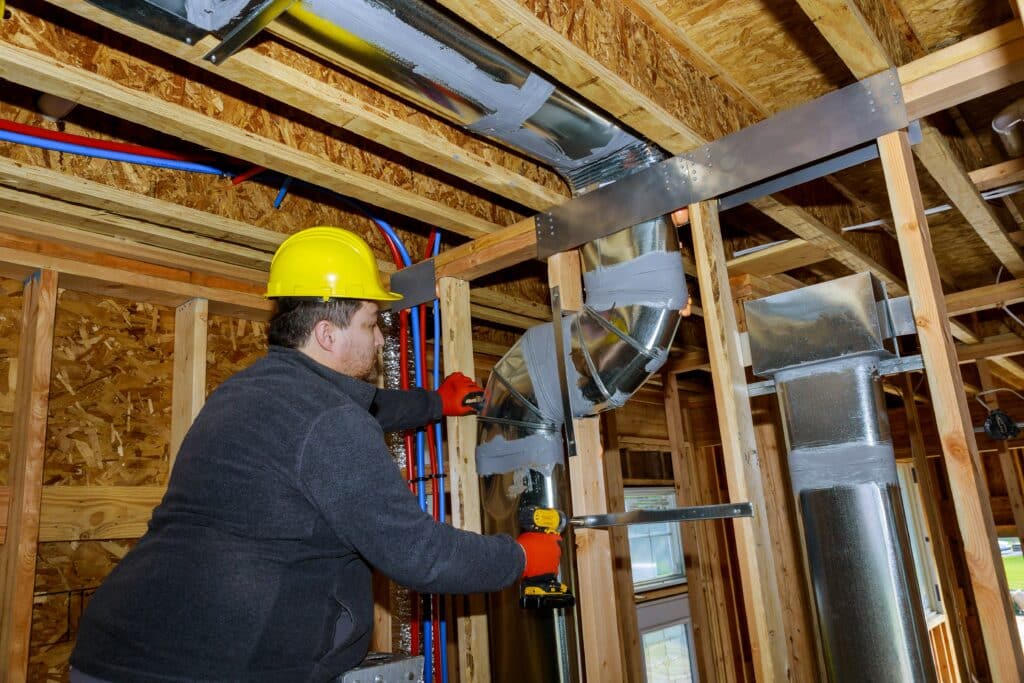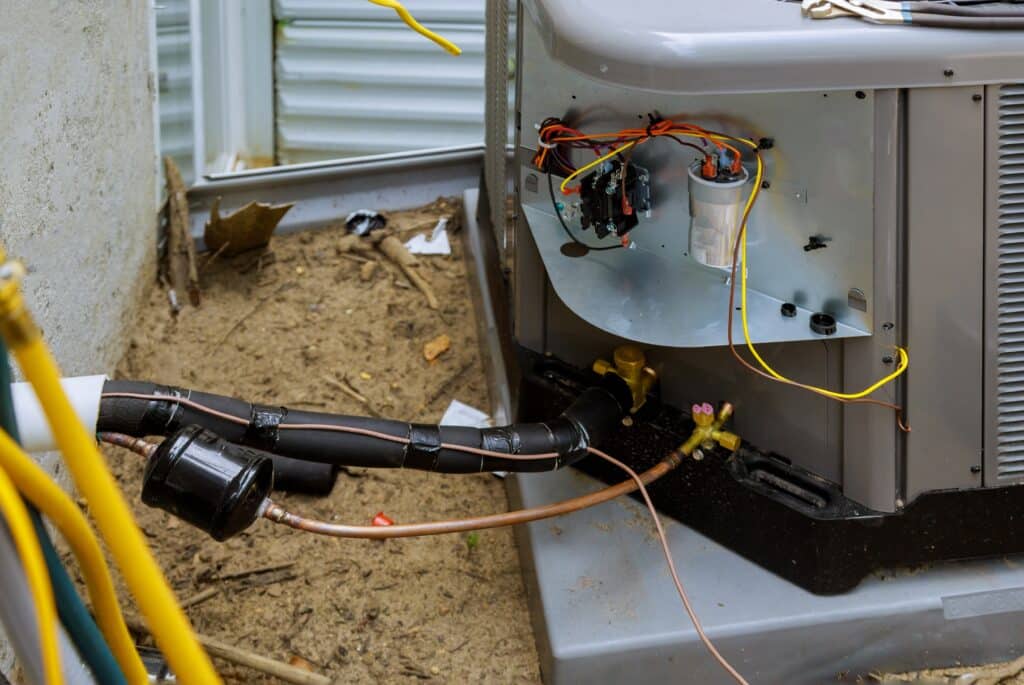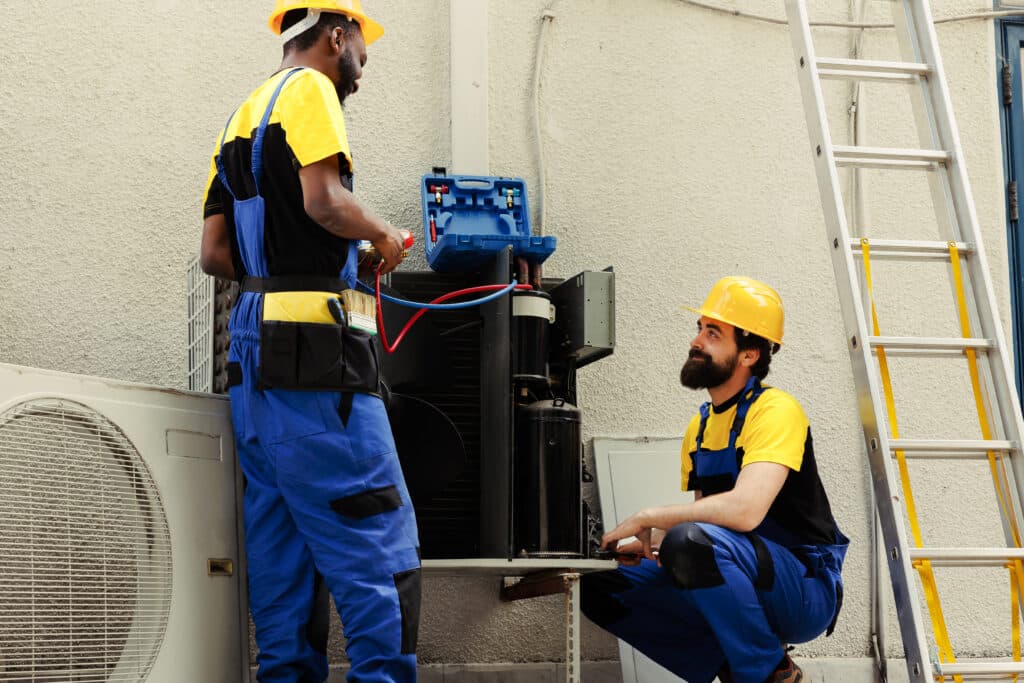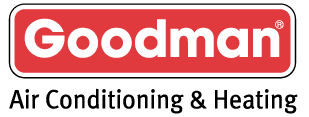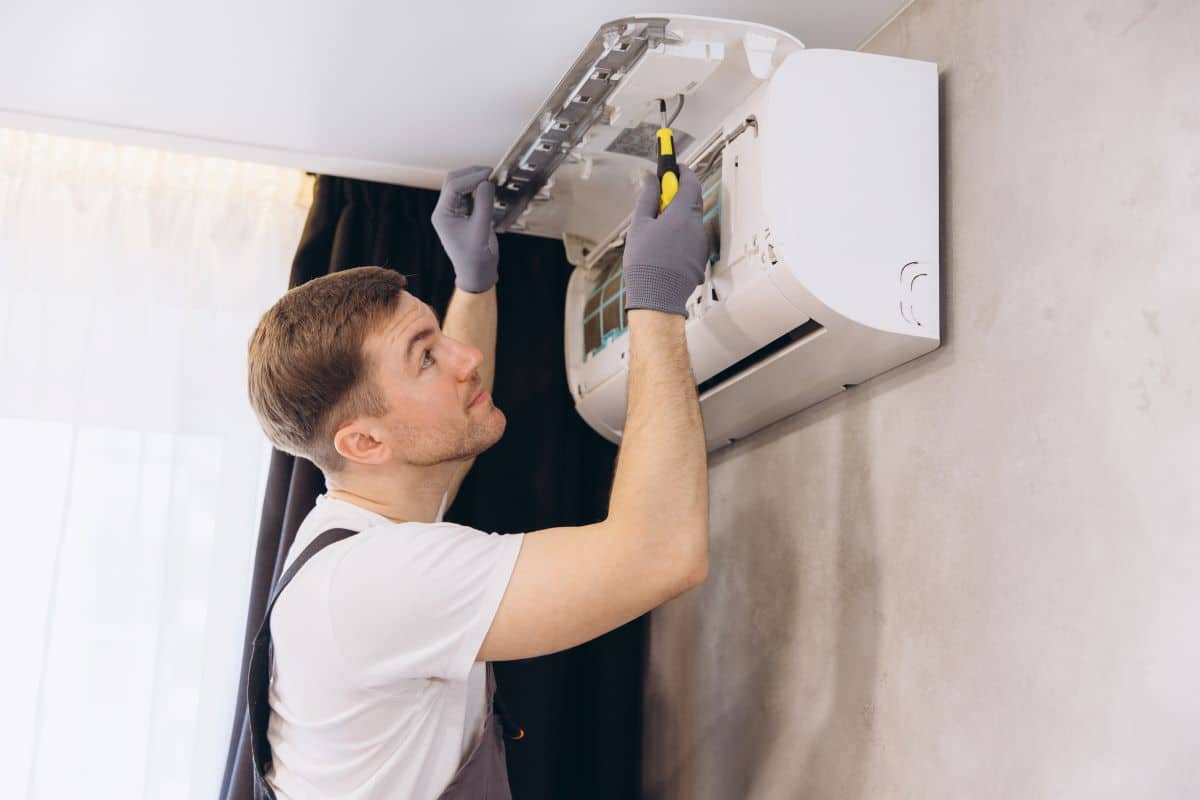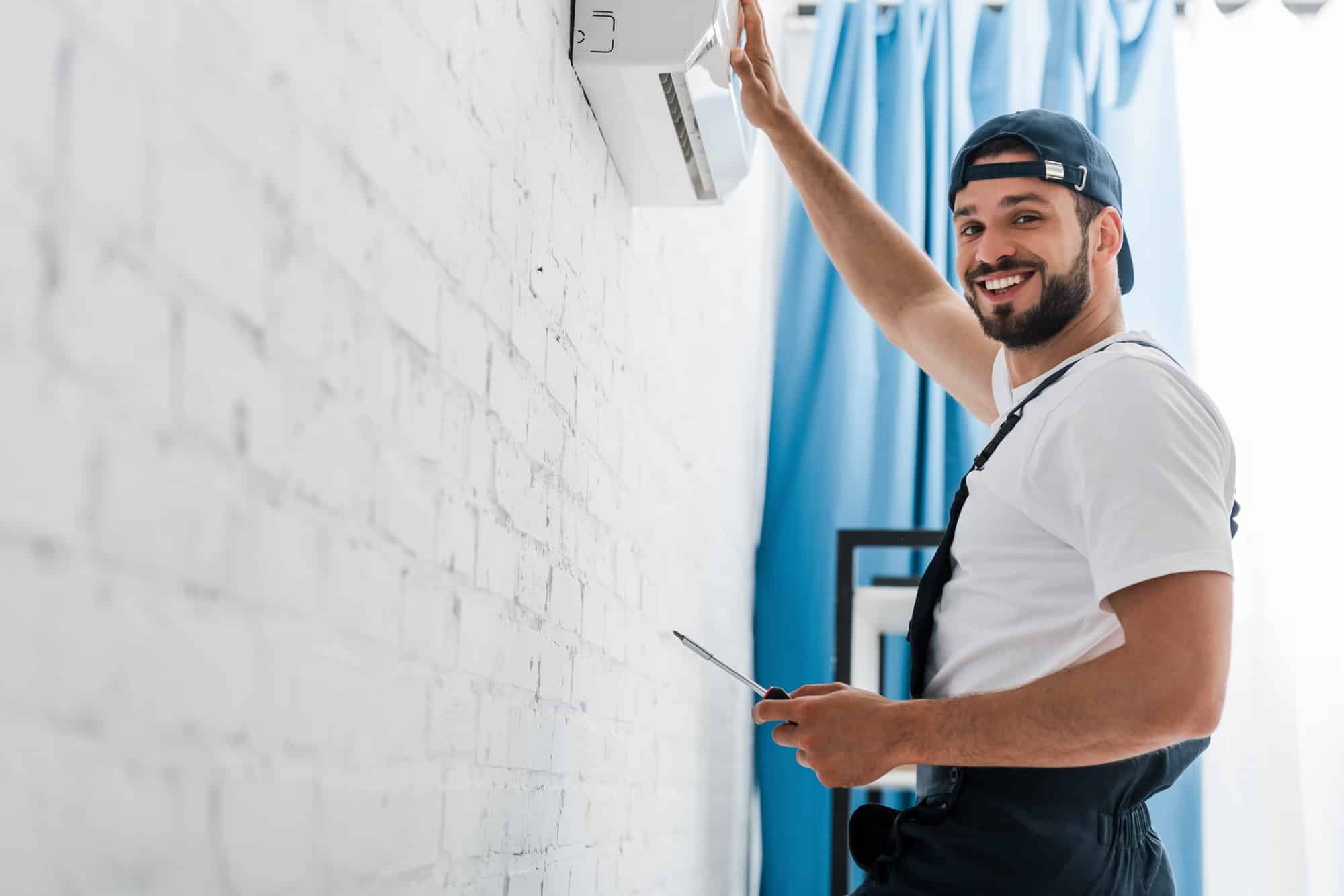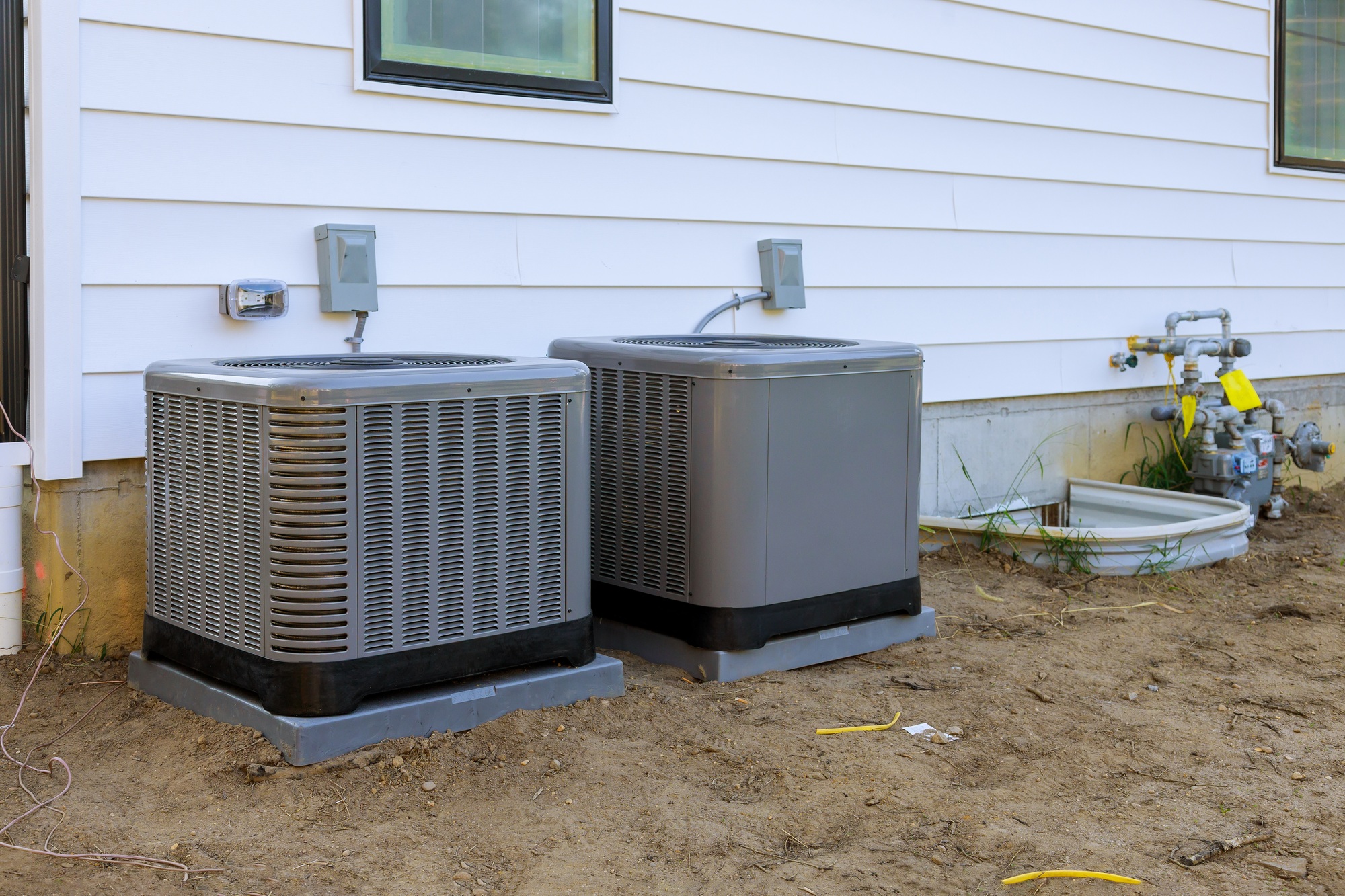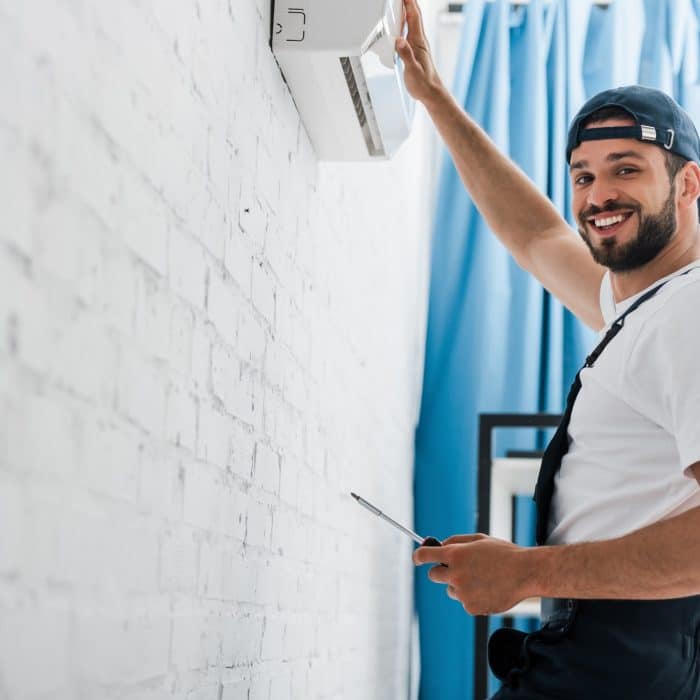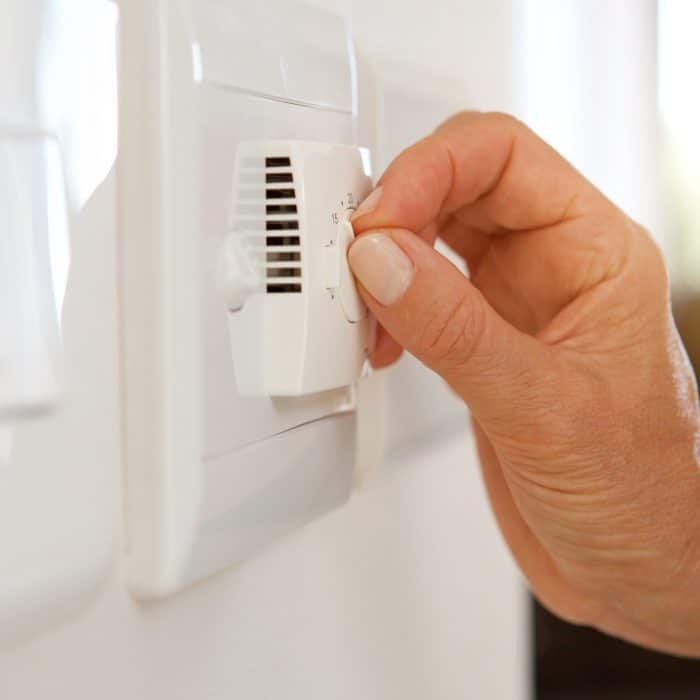
As winter approaches, your furnace becomes essential for keeping your home warm and comfortable. Ensuring it’s in good working condition before the cold sets in can save you from unexpected breakdowns and costly repairs. Here are the key signs your furnace might need professional attention before winter hits.
Unusual Noises
Furnaces are designed to operate quietly, so loud or unusual sounds could signal trouble.
- Banging or Popping: May indicate issues with the ignition or ductwork.
- Squealing or Whining: Could point to a worn-out belt or motor bearing.
- Rumbling: Might signal a problem with the burner or heat exchanger.
If your furnace is making strange noises, schedule a professional inspection to identify and address the issue.
Uneven Heating
If some rooms in your home feel warm while others remain cold, your furnace may not be distributing heat properly.
- Potential Causes: Blocked vents, duct leaks, or issues with the blower motor.
- What to Do: Check your vents for obstructions and consider having your ductwork inspected by an HVAC professional.
Frequent Cycling
A furnace that turns on and off frequently (short cycling) is often a sign of an underlying problem.
- Common Causes: Dirty air filters, thermostat malfunctions, or an overheating furnace.
- Solution: Replace your air filter and check the thermostat settings. If the problem persists, call a technician to inspect the system.
Rising Energy Bills
An unexplained increase in your heating costs could mean your furnace is working harder than it should.
- Why It Happens: Aging components, dirty filters, or poor system efficiency can all contribute.
- Prevention: Schedule regular maintenance to keep your furnace running efficiently and reduce energy consumption.
Yellow Pilot Light
If your furnace has a pilot light, its color can indicate potential problems.
- What It Means: A healthy pilot light burns blue. A yellow or flickering flame may signal a carbon monoxide leak or combustion issues.
- Action Needed: Turn off your furnace immediately and contact a professional to inspect the system.
Unpleasant Odors
Strange smells coming from your furnace are a clear warning sign.
- Burning Smell: Could indicate dust buildup, which is common when turning on the furnace after a long period of inactivity. However, persistent odors may mean electrical issues or overheating.
- Gas Smell: If you detect the scent of gas, it could indicate a leak. Turn off your furnace, leave your home, and contact your gas company or HVAC technician immediately.
Poor Air Quality
Your furnace plays a role in circulating air throughout your home. If you notice dust buildup or an increase in allergy symptoms, your furnace may be contributing to poor air quality.
- Possible Issues: Dirty filters, clogged ducts, or an aging system.
- Fix It: Replace filters regularly and schedule a duct cleaning to improve airflow and air quality.
System Age
Furnaces typically last 15–20 years. If yours is nearing this range, it may start showing signs of wear and inefficiency.
- What to Watch For: Frequent repairs, declining performance, and rising energy costs.
- Consider Replacement: If your furnace is older and requires frequent fixes, it may be more cost-effective to invest in a new, energy-efficient system.
Why Timely Repairs Matter
Addressing furnace issues before winter can:
- Avoid Breakdowns: Prevent your furnace from failing during the coldest months.
- Save Money: Fixing minor problems early is often less expensive than dealing with major repairs.
- Ensure Safety: Reduce the risk of carbon monoxide leaks and other safety hazards.
Call a Professional for Furnace Repairs
If you notice any of these signs, don’t wait for winter to address them. Contact a Generation Heating & Air to inspect your system, make necessary repairs, and ensure your furnace is ready to keep your home warm all season long. By staying proactive, you’ll enjoy a cozy, comfortable winter while avoiding costly and inconvenient furnace breakdowns.
